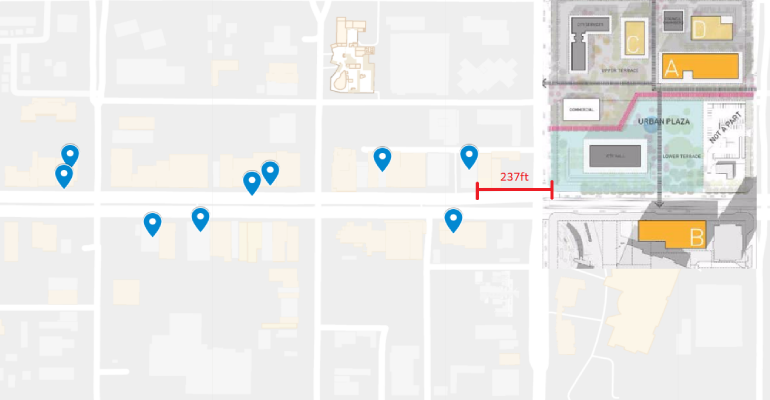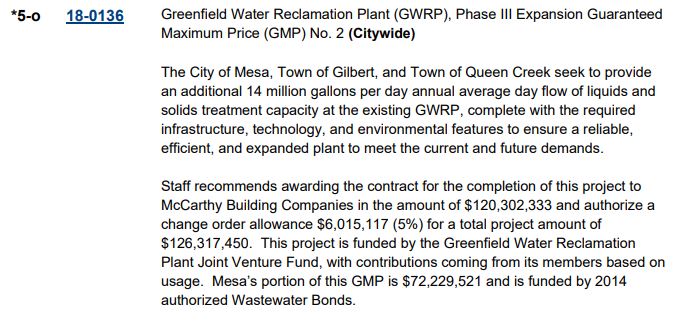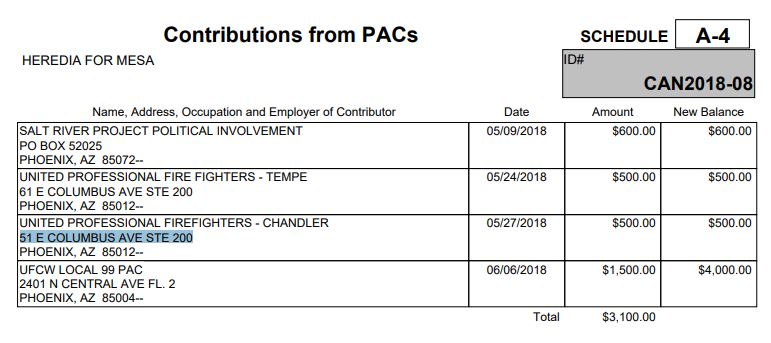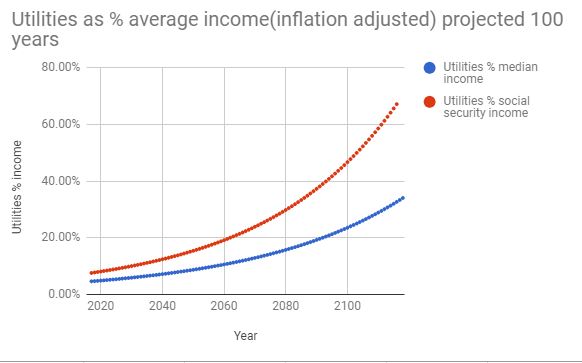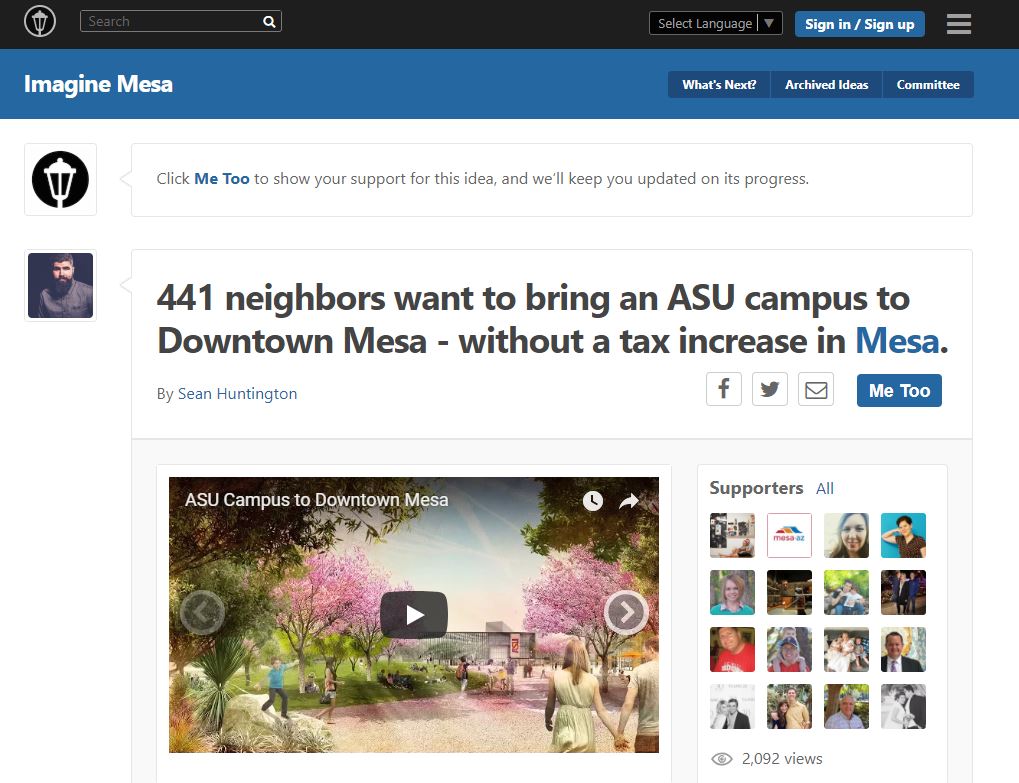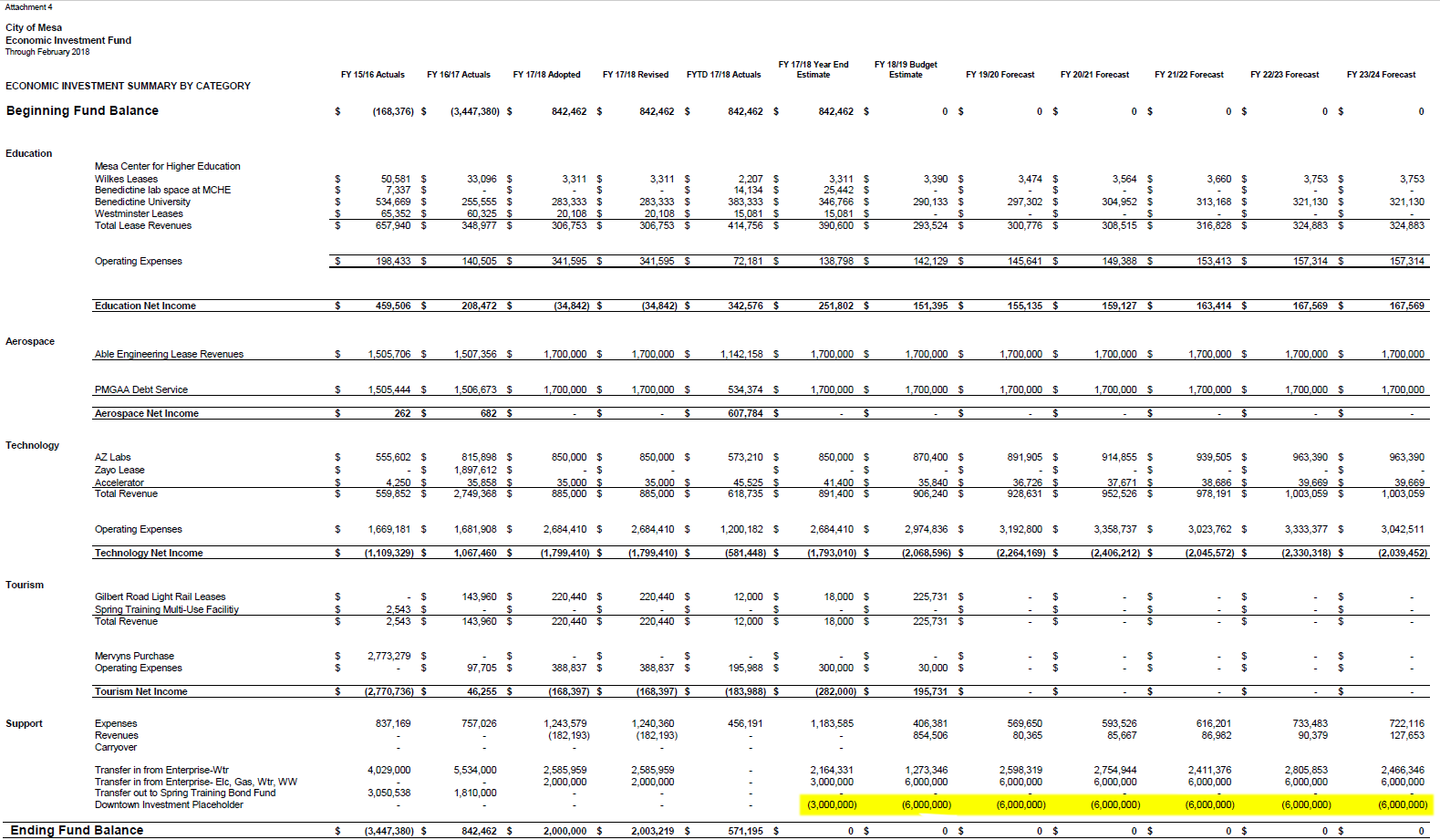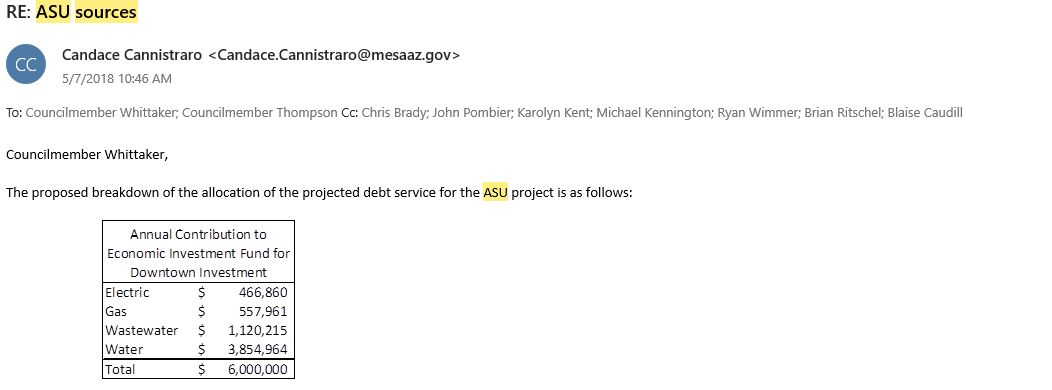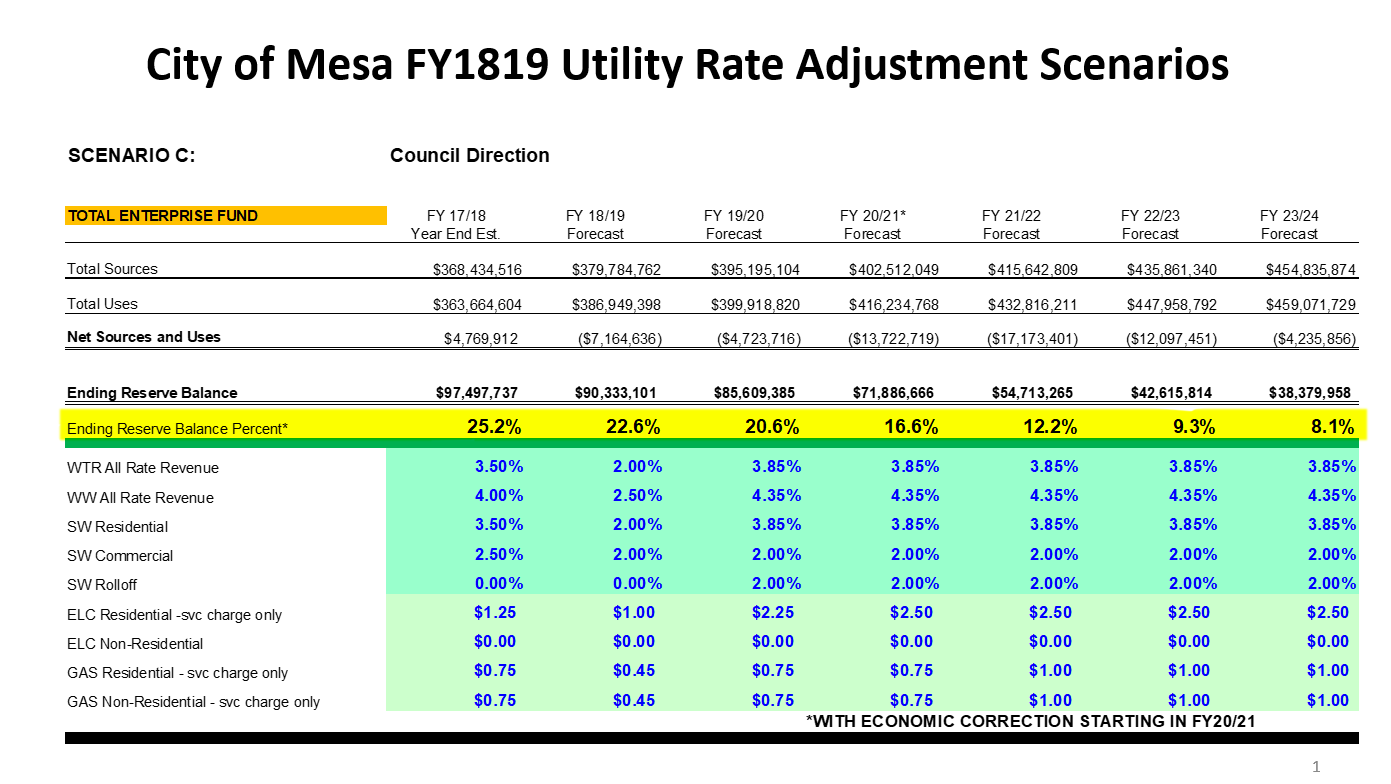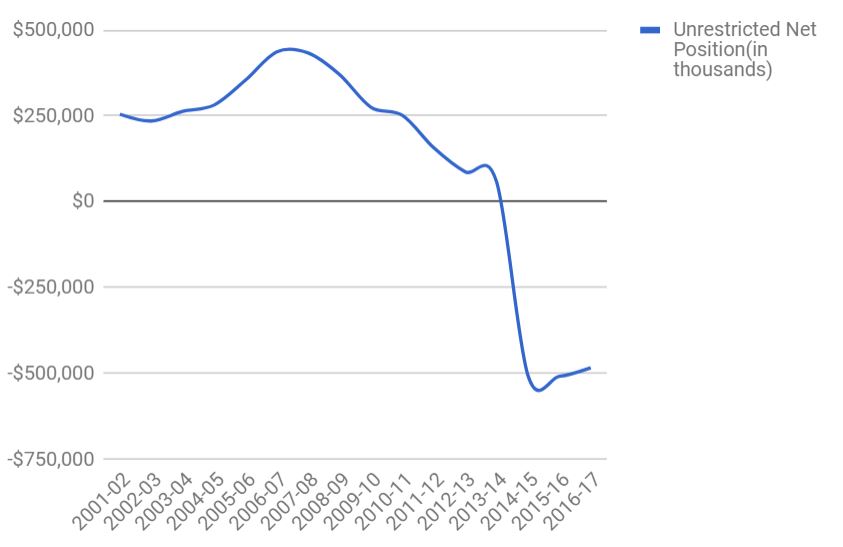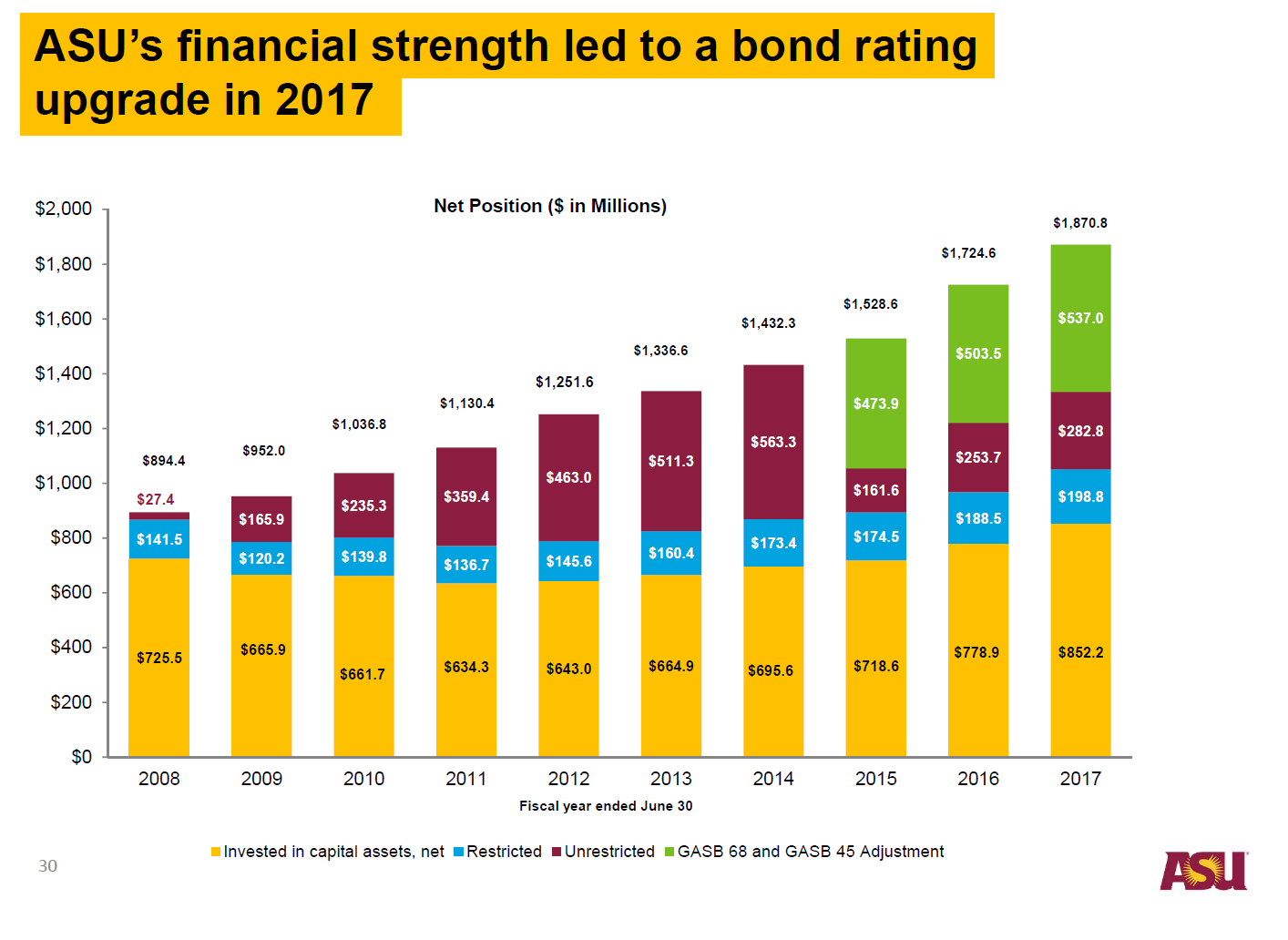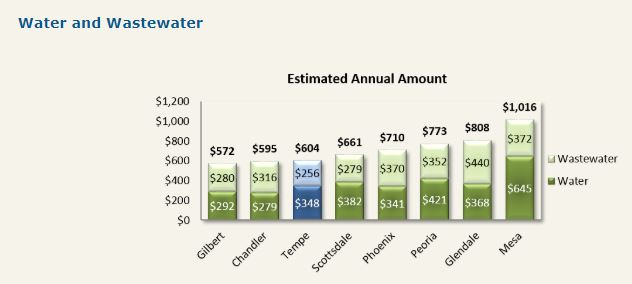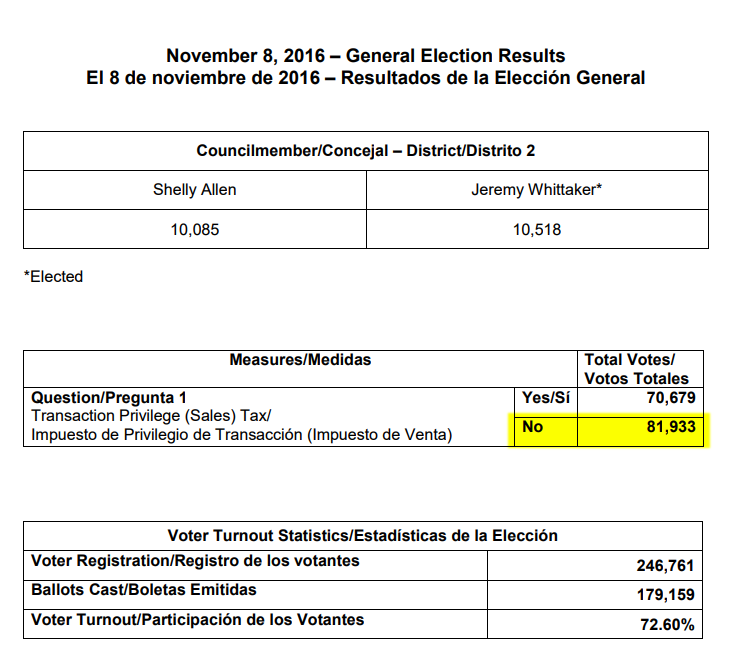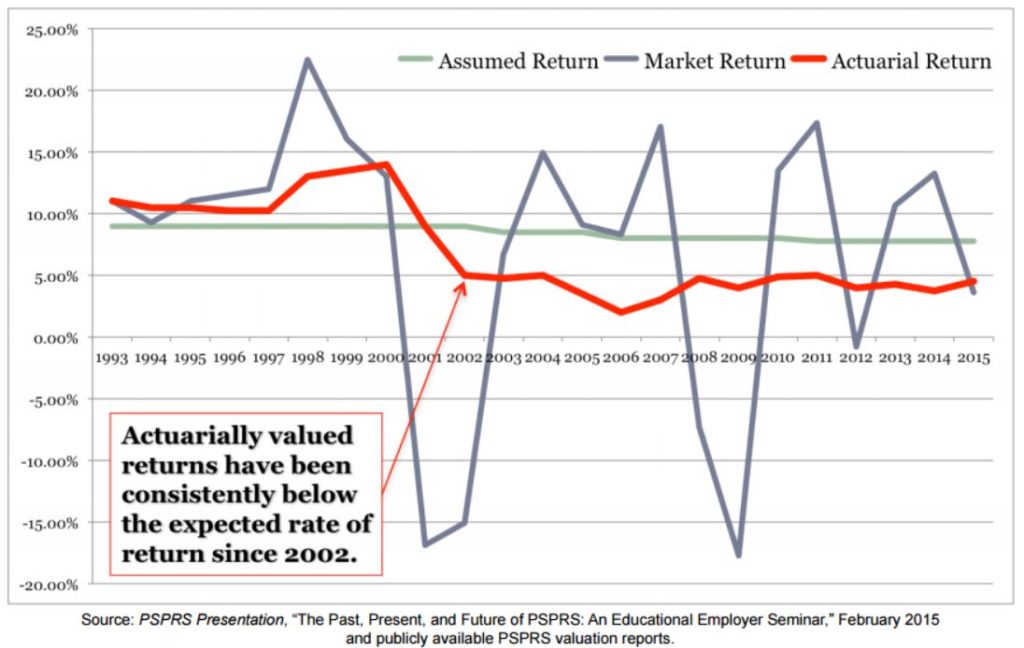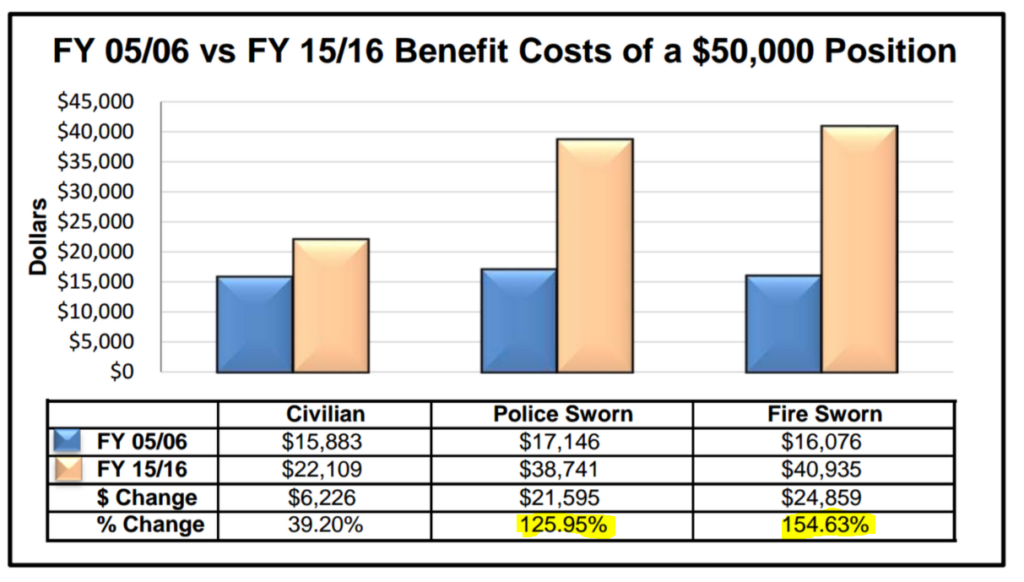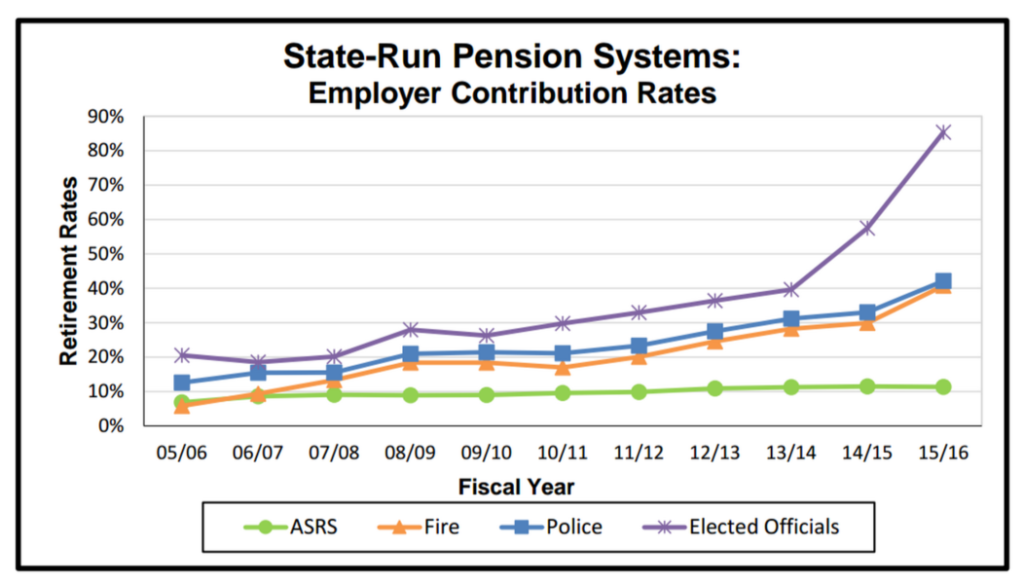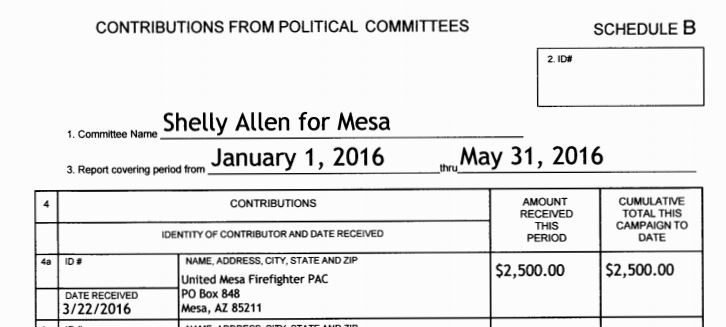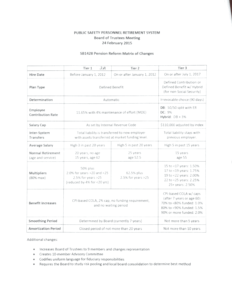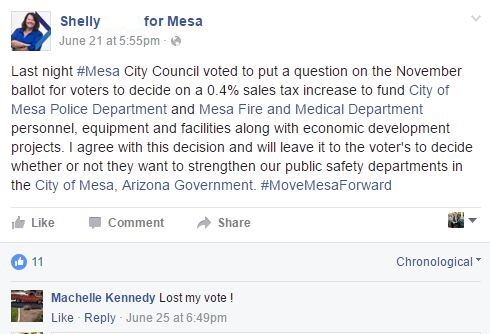Should people who do business with the City of Mesa be able to donate to City of Mesa political campaigns.Should people who do business with the City of Mesa be able to donate to City of Mesa political campaigns.
Posted by Councilman Jeremy Whittaker on Wednesday, July 15, 2020
Mesa City Council, more corrupt than anyone in Washington D.C.
A few years ago, prior to my election, I found something in politics to be quite disturbing. Should the individuals and organizations whose issues are being voted on by a governing body also be lining the pockets of the politicians who sit on that governing body? Is that how our democracy was intended to run, whoever has money buys the candidates then the candidates vote in support of their issues? Or even worse should candidates be asking for political donations when individuals or organizations try to get an issue passed through their governing body? I know this is accepted as the status quo in countries like North Korea, Somalia, Syria, etc. But is this what our own democracy has come to? Is this what we want to continue to have it look like?
We always address this issue at a national level, perhaps even a state level, but what about in our own backyard? What about our own municipal elections for Mayor and City Council? Every single person who has donated to one of these politicians on the issues I outline below passed through City Council. This behavior indicates that our elected body no longer represents the people that it is supposed to, rather, quite the opposite. Whoever has the money buys the politician, the politician then enacts the policies to enrich the donor and the cycle continues. All the meanwhile the taxpayer and utility customers eat the cost through ever increasing taxes and water bills.
With that, today marks the day in which we get to see who is buying our local politicians in Mesa. There are two candidates that are running for re-election, and one unopposed. Their financial disclosure forms are available below.
Francisco Heredia
David Luna
Kevin Thompson
Pay to play politics
What becomes apparent is that candidates are being bought and their principles, assuming they had any, discarded. I find it hard to believe this is the democracy our forefathers envisioned. Let’s take a Look at these campaign finance forms and how to buy votes on a City Council.
Million dollar land sale deal near the Cubs stadium, who has the biggest checkbook?
One of the major issues we voted on this year, as a Council, was which developer to sell the land located next to Cubs stadium to. Internally word was spread that Lincoln Properties/Harvard Investments would have the better development. However, with the campaign finance forms coming out it is clear, once again, Luna and Heredia had simply sold their vote to the highest bidder.





Mayor John Giles:
Makes you wonder was this a “well-qualified proposal”? Or were the right pockets lined?
Build a downtown ASU campus to make your friends rich. No problem, we’ll just pay for it using the water bill revenues.
State Senator, Bob Worsley, who also owns multiple properties around the new ASU downtown campus that Council forced through last month (after voters rejected it in 2016). Here is one of his donations to Vice-Mayor David Luna.
The Arizona Daily Independent wrote an article on Worsley’s financial interests to the new campus which can be found here. https://arizonadailyindependent.com/2018/03/01/mesas-asu-project-needed-to-make-good-on-worsleys-bet/
The main premise of this article is Worsley owned multiple properties around the new ASU campus that will be built in downtown Mesa. All of these properties were purchased within the six months prior to this vote coming to City Council. Was there inside information provided that this vote would pass? A map of the properties can be found below. Obviously, these properties will be worth millions more once this $65 million dollar ASU campus is built using revenues from City of Mesa resident’s water bill revenues. More on that can be found here – https://mesacitycouncil.com/why-i-oppose-the-120-million-asu-campus-in-downtown-mesa/
You can start to see how this pay to play politics works. Individuals or corporations who want to make money on City Council decisions donate money to their campaigns. They then have that Council member at their disposal when it comes to voting on their issues.
Sunbelt holdings owns a large plot of land directly next to the new ASU development and what do you know, another political donation.
Want a multi-million dollar contract to build a water treatment plant for Mesa? Better pay up.
On 2/5 City Council voted on this(click image for link).
And here comes the pay to play donations.
Want to rezone acres of dairy land for residential houses and make millions? Pay the pied piper.
Want to rezone the downtown LDS Temple and demolish historic homes? No problem, but there’s a cost to that.
Build a $100 million dollar soccer complex(Questions 4,5,6 on your November ballot)? No problem, pay up.

Allow Illegal collective bargaining? Sure, but at
a hefty price:
The biggest portion of our budget for the city is allocated to personnel or employees. More specifically in that group, public safety. So why are the fire unions donating thousands of dollars to politicians? The answer is simple. They know that once they are elected to power they can get whatever they need the council to approve whether it be salary increases or supporting the completely bankrupt retirement fund which is set to cost the city almost $1 billion dollars, more information on that here – https://mesacitycouncil.com/direct/is-the-psprs-pension-bankrupting-mesa-and-other-municipalities/
Collective bargaining is illegal per the City’s Charter.
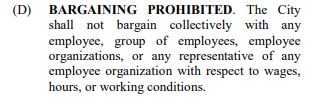
As I try to ask questions to determine if the city is collectively bargaining with unions you can see the Mayor quick ends this conversation. The City has been collectively bargaining with unions which is illegal per the charter.
Why does the Mayor not want me asking these questions? Well, let’s take a look at his financial disclosure forms.
You can see once again pay to play politics takes hold as both Luna and Heredia have accepted thousands of dollars to circumvent the law and allowing for collective bargaining. Just another example of them selling out to anyone who donates to their campaign.
Azcentral published a very in-depth story on fire unions and their donations which can be found here – https://mesacitycouncil.com/arizona-firefighters-have-grip-on-financial-power-in-local-elections/
Millionaire investors and you want to remodel your commercial buildings at the expense of the taxpayer? Sure, but make sure the Mayor gets his cut.
It makes a lot more sense to me now why the City tries to file frivolous lawsuits against candidates running for City Council. It is a desperate attempt to maintain their power – https://www.washingtonpost.com/news/volokh-conspiracy/wp/2016/05/25/mesa-arizona-city-threatening-city-council-candidate-with-lawsuit-for-using-mesa-logo/






